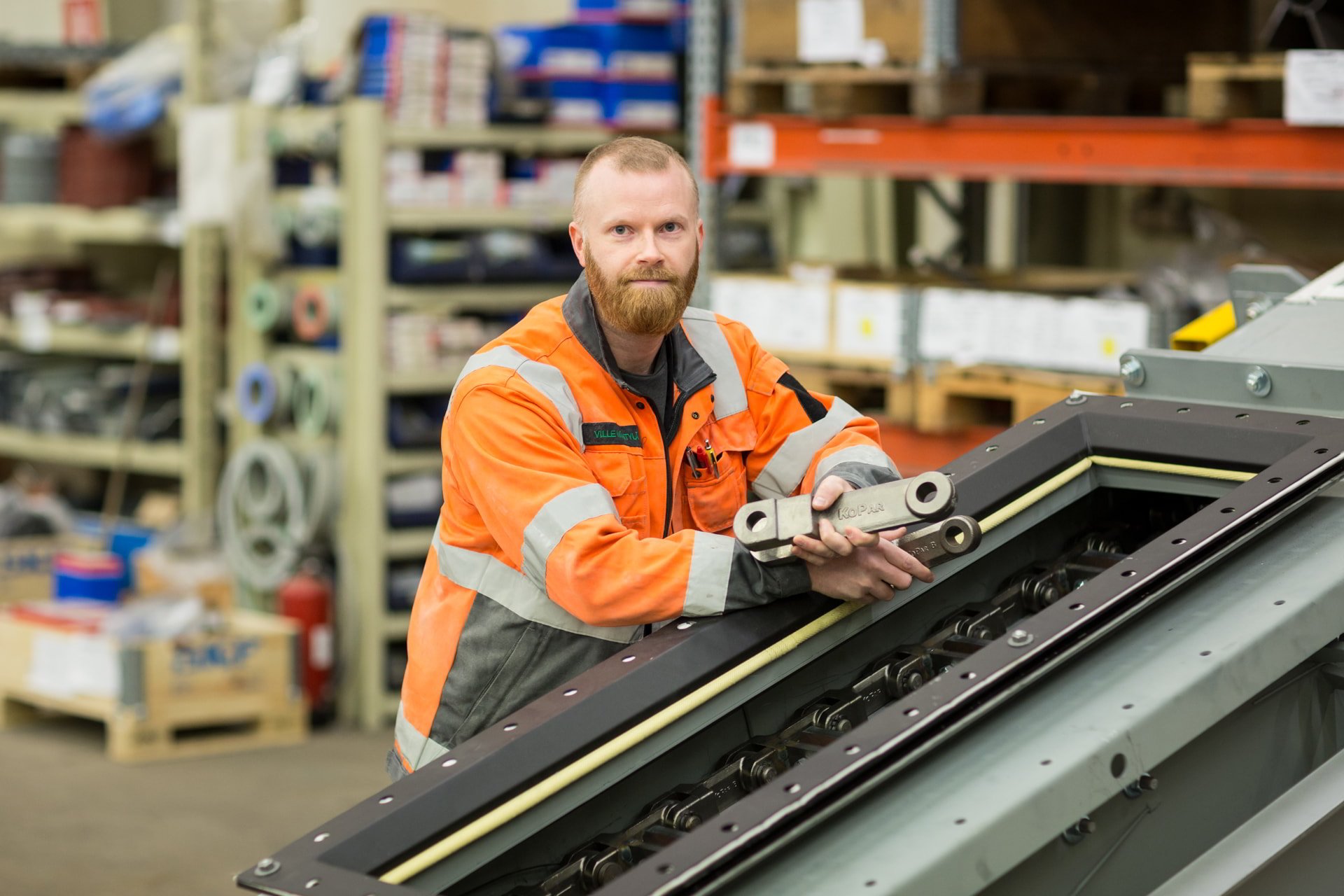Dust removal in waste heat boiler systems is essential for optimizing their efficiency and ensuring compliance with environmental regulations. By capturing particulate matter from off-gases, it improves heat transfer and reduces maintenance needs, thereby enhancing energy recovery and operational performance. Moreover, efficient dust removal systems help meet stringent emission standards, contributing to a cleaner environment. Regular maintenance and timely upgrades are crucial to maintain the effectiveness of these systems, ensuring they continue to operate efficiently and sustainably.
Introduction to dust removal in waste heat boiler systems
Dust removal in waste heat boiler systems is a critical process that involves capturing and removing particulates from the off-gases produced during industrial operations. These systems are designed to enhance boiler efficiency by preventing the accumulation of dust on heat exchange surfaces, which can hinder heat transfer. Effective dust removal not only boosts the operational efficiency of the boiler but also plays a significant role in maximizing energy recovery, ensuring that waste heat is utilized optimally for energy production or other industrial processes.
How does dust removal improve waste heat boiler efficiency?
Dust removal enhances waste heat boiler efficiency by preventing the buildup of particulates on heat transfer surfaces. This accumulation can significantly reduce heat transfer efficiency, leading to higher fuel consumption and lower overall system performance. By keeping these surfaces clean, dust removal allows for better heat exchange, which is crucial for optimal energy recovery. Additionally, reduced dust buildup lowers maintenance needs and extends the lifetime of the boiler, ensuring consistent and efficient operation.
Why is dust removal crucial for environmental compliance?
Dust removal is vital for meeting environmental compliance standards as it helps reduce emissions of particulate matter from industrial processes. Regulatory bodies impose strict limits on emissions to protect air quality and public health. Effective dust control systems ensure that industrial operations adhere to these limits, minimising their environmental impact. By capturing and eliminating dust particles before they are released into the atmosphere, these systems play a crucial role in promoting cleaner industrial practices and safeguarding the environment.
What methods are used for dust removal in boiler systems?
Various methods and technologies are employed for dust removal in waste heat boiler systems. Common techniques include:
- Electrostatic Precipitators (ESPs): These devices use an electric charge to remove dust particles from gas streams, offering high efficiency and low operational costs.
- Fabric Filters: Also known as baghouses, these use fabric bags to capture dust particles, providing excellent filtration efficiency and adaptability to different industrial applications.
- Cyclones: These use centrifugal force to separate dust from gas streams, typically used for larger particles.
Each method has its advantages and is chosen based on specific operational needs and environmental requirements.
When should dust removal systems be maintained or upgraded?
Regular maintenance and timely upgrades of dust removal systems are essential to ensure their optimal performance and compliance with environmental standards. Maintenance schedules should be based on operational hours, dust load, and system specifications. Typically, inspections and cleaning should occur monthly, while more comprehensive checks and potential upgrades should be considered annually. Upgrades may be necessary when efficiency declines, regulatory requirements change, or when newer technologies offer improved performance or cost savings.
Key takeaways for effective dust removal in waste heat boilers
Effective dust removal in waste heat boilers is crucial for enhancing efficiency, ensuring environmental compliance, and maintaining operational reliability. Key takeaways include:
- Regular maintenance is vital to keep dust removal systems operating efficiently.
- Adopting advanced technologies can improve dust removal performance and reduce costs.
- Environmental compliance is closely tied to effective dust management, highlighting its role in sustainable industrial processes.
By implementing robust dust removal strategies, industries can optimise energy recovery and contribute to a cleaner environment, aligning with sustainability goals.

You have a challenge that needs solving?
Let us help! Contact us for more information about our products and services.
